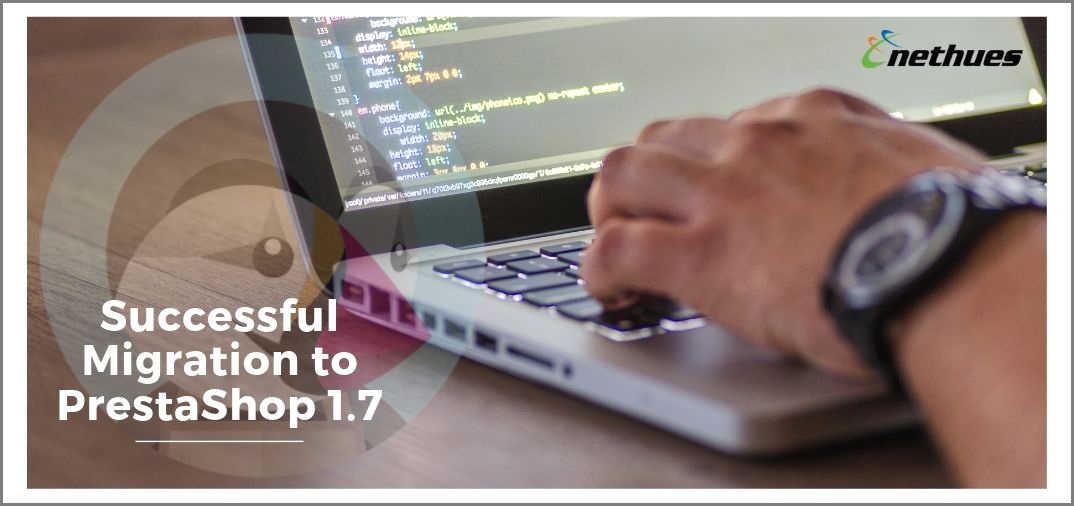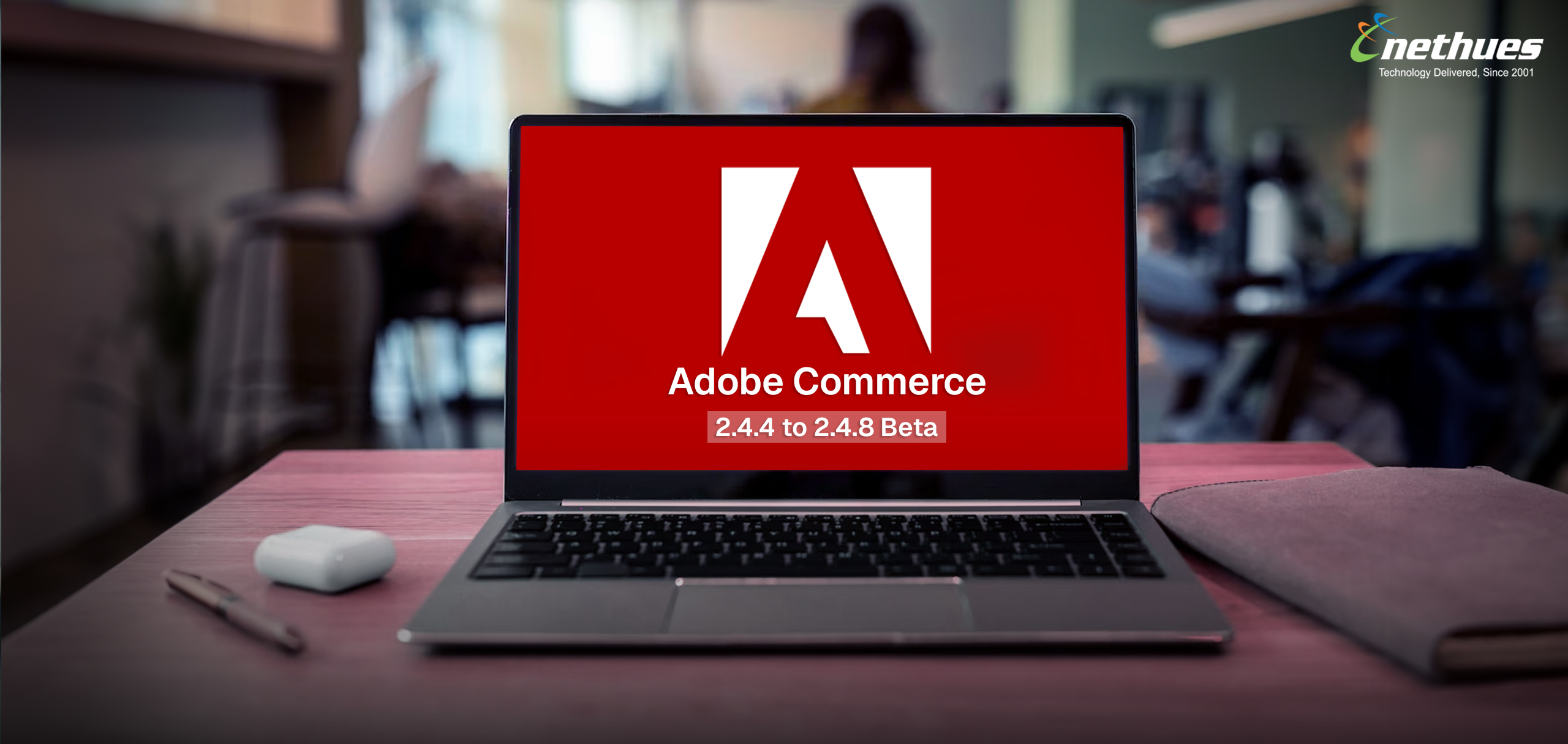Ever since the PrestaShop community has brought PrestaShop 1.7 into the market, there have been endless discussions about the upgrades and migrations to the latest versions. Be it upgrading from 1.6 to 1.7 or for that matter 1.7.6.
Migrating your eCommerce shop is indubitably an important step and tricky at times too. Do you feel the same? Well, if you are, then you are in the right place. This article is all about migrating to PrestaShop 1.7 – not the process – but the steps you need to consider before you decide to migrate. After all, tips are a part and parcel of a successful business and life!
Let’s get started.
Figure Out Your Migration Project Plan
A project lands up in a mess in the absence of a proper plan and method. In order to approach your migration project as a whole, your first step should be planning each stage thoroughly, analyzing the project environment, estimating the time involved, the workload and the effort required.
Besides, choose the right time to launch your migration project, avoiding any period of increased activity.
Remember: Some migrations might take several days between implementation and going live, either due to the complexity of the database or the adjustments to be made and specific tests to be run.
Estimate the Risks Involved
All good things come with their own set of risks, and so does migration.
To ensure a successful end product, make an inventory of the modules and templates used, together with any redirects or custom developments made. This should be done because not all elements can be transferred automatically to the new environment.
Take stock of all the different elements that make up your store and check their compatibility. The risk of data loss, particularly for incompatible modules, must be considered at this stage.
Further, be ready to adapt, renew or invest in new functionalities that comply with the latest version of the software as well as current eCommerce trends. Similarly, remember to list all elements to be moved so that nothing is overlooked. This might include:
- Database of customers
- Suppliers
- Images
- Products
- Categories and much more.
Ensure Site Protection and Safety
Data loss during migration is common.
To minimize or eliminate this, you need to plan for and respect the testing stage. Before you begin, remember to back up your store data and settings. You can even hire a PrestaShop developer who can create a test environment to evaluate the migration process without making any actual changes to the live site. This will allow you to identify any potential malfunction or data loss and correct any errors. Finally, don’t forget to check the migrated data to be sure that it fits with your specifications.
Choose the Right Migration Tool
This goes without saying.
It is essential to choose the appropriate tool for the migration process. Consider using automated tools for time-consuming tasks. These tools do wonders in case of large volumes of data and multi-store projects. Fortunately, you don’t have to invest much of your mind in this process since the Marketplace Addons PrestaShop has several data backup and migration modules. You can choose any of the tools based on your budget, complexity and nature of your project.
Pro-tip: The Migration Pro module is one of the most competitive tools in the market today. With excellent value for money, it ensures easy, fast and effective data migration. The best part: it requires no technical developments. You can securely configure and upgrade your shop to the latest version with ease.
Get Your SEO Strategy Right
A drop in traffic following migration is nothing to be astonished off. The reason: loss of meta-information and URL changes.
In order to keep your store’s SEO value in place, start by developing a post-migration SEO strategy. For this, we advise redirecting all the URLs of your former shop to the new one. This will allow you to create hundreds of 301 redirect links, which, in turn, will help you improve your search engine results.
Pro-tip: In case you don’t do this step properly, indexing robots will come across countless 404 pages, which, in turn, will hamper your traffic.
Check Whether You Need Support
The migration process can be technically challenging and may require support. Don’t hesitate to consult a certified PrestaShop expert who can provide you with the best solutions and the most suitable configurations to carry out your project with ease (before, during and after the migration).
That’s all!
Follow these tips and you will soon land up with a successful PrestaShop store with the latest version.






